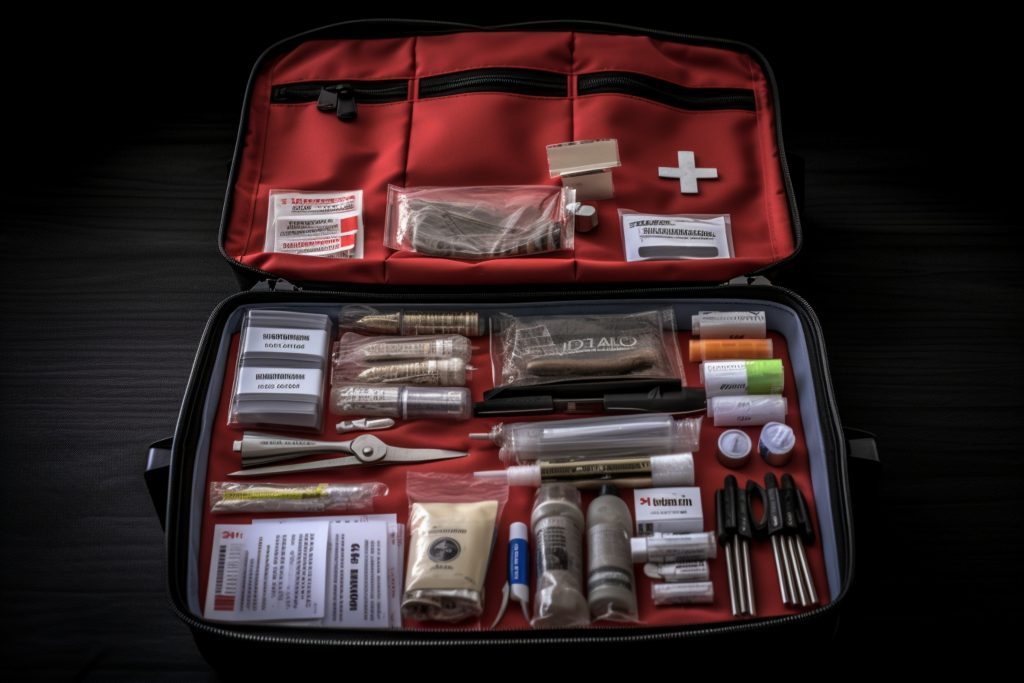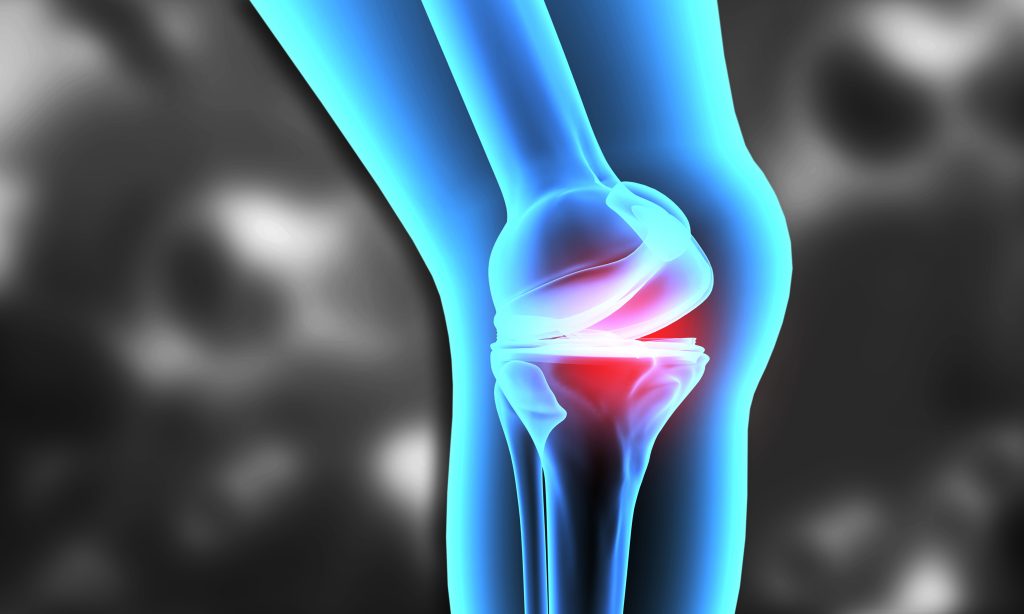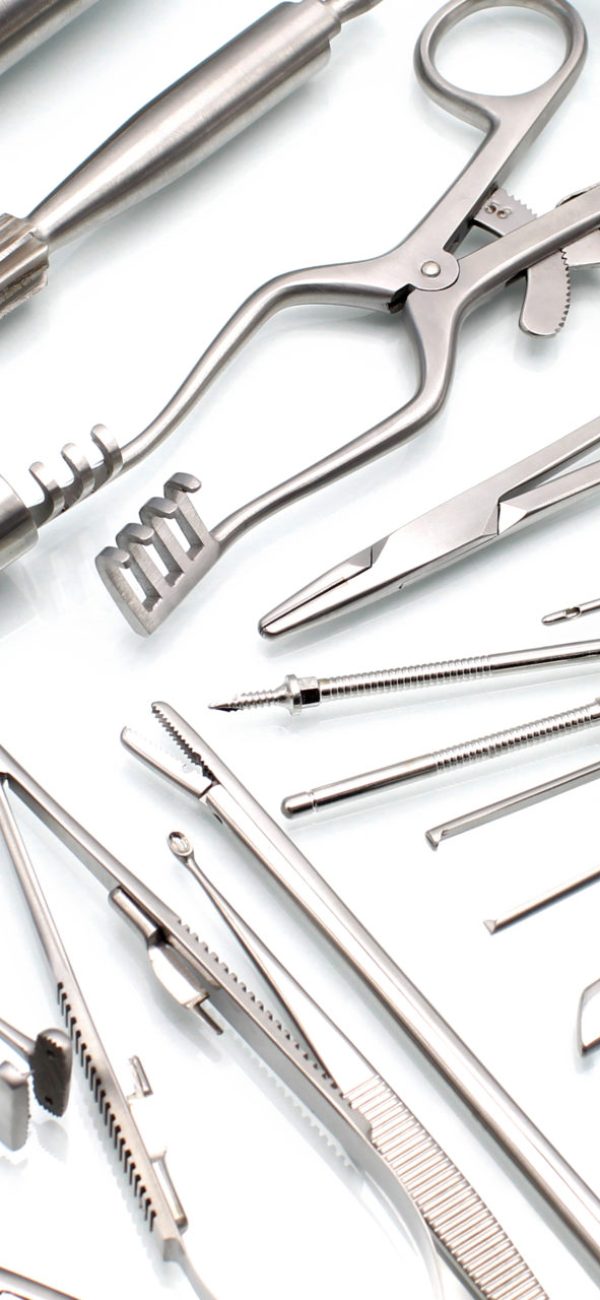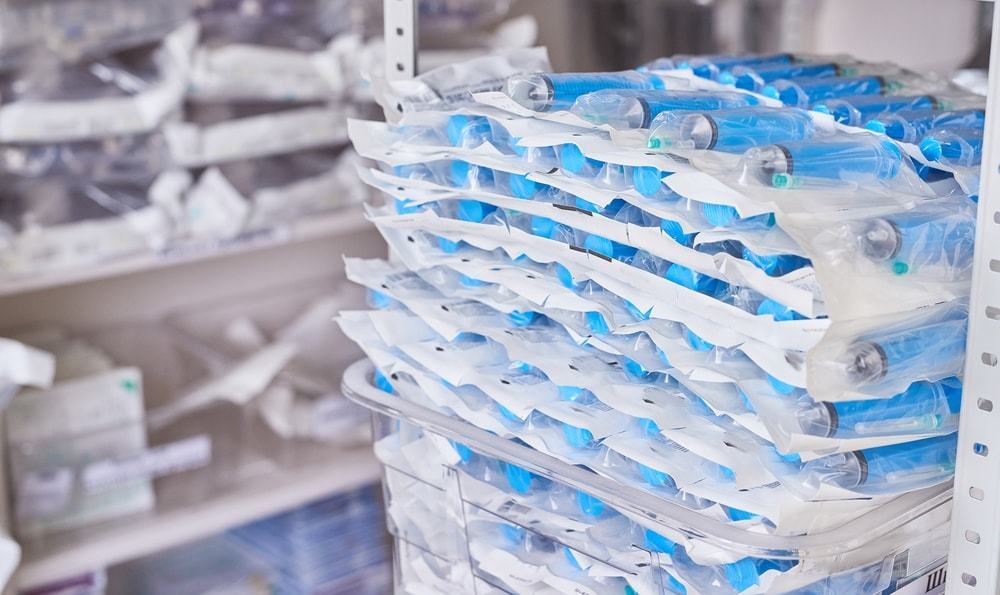Surgical Instruments: These are handheld tools used by surgeons and medical professionals to perform various tasks during surgery. Examples include scalpels, forceps, scissors, retractors, clamps, needle holders, and speculums. These instruments are typically made of stainless steel or other high-quality materials to ensure durability, precision, and ease of sterilization.
Anesthesia Supplies: Anesthesia is a crucial aspect of surgical procedures, and the supplies associated with it are essential for patient comfort and safety. These supplies include items such as endotracheal tubes, laryngeal masks, anesthesia masks, syringes, needles, intravenous catheters, and airway management devices.
Wound Care Supplies: Proper wound care is vital for post-operative healing. Wound care supplies consist of items used to clean, dress, and protect surgical incisions. These supplies may include sterile dressings, adhesive tapes, wound cleansers, irrigation solutions, antimicrobial ointments, and sutures or staples for wound closure.
Surgical Drapes and Gowns: These disposable or reusable barriers are used to create a sterile field around the surgical site, preventing contamination from non-sterile surfaces. Surgical drapes are placed over the patient, while surgical gowns are worn by the surgical team to maintain a sterile environment during the procedure.
Suturing Materials: Sutures are used to close wounds and promote healing. They can be absorbable or non-absorbable, and come in various forms such as monofilament or multifilament threads. Suturing materials may also include needles, needle holders, and other accessories necessary for wound closure.
Surgical Gloves: Gloves are worn by surgeons and surgical staff to maintain aseptic conditions and protect both the patient and the healthcare provider. They are typically made of latex, nitrile, or neoprene and should be sterile, comfortable, and provide an adequate grip for delicate procedures.
Surgical Drains and Tubes: These devices are used to remove fluids or gases from surgical sites, preventing the buildup of excess fluid and facilitating the healing process. Examples include Jackson-Pratt drains, Penrose drains, chest tubes, and urinary catheters.
Electrosurgical Equipment: Electrosurgical devices are used to cut, coagulate, or vaporize tissue during surgical procedures. They utilize electrical energy to achieve these effects and may include tools such as electrocautery units, electrosurgical pencils, and electrodes.
Sterilization and Disinfection Supplies: Maintaining a sterile environment is crucial in preventing surgical site infections. Supplies such as autoclaves, sterilization pouches, sterilization indicators, and disinfectants are used to ensure the sterility of surgical instruments, supplies, and the operating room itself.
Imaging and Diagnostic Tools: Surgical procedures often require the use of imaging and diagnostic tools for preoperative planning and intraoperative guidance. These may include X-ray machines, ultrasound equipment, endoscopes, laparoscopes, and other imaging devices tailored to specific surgical specialties.













